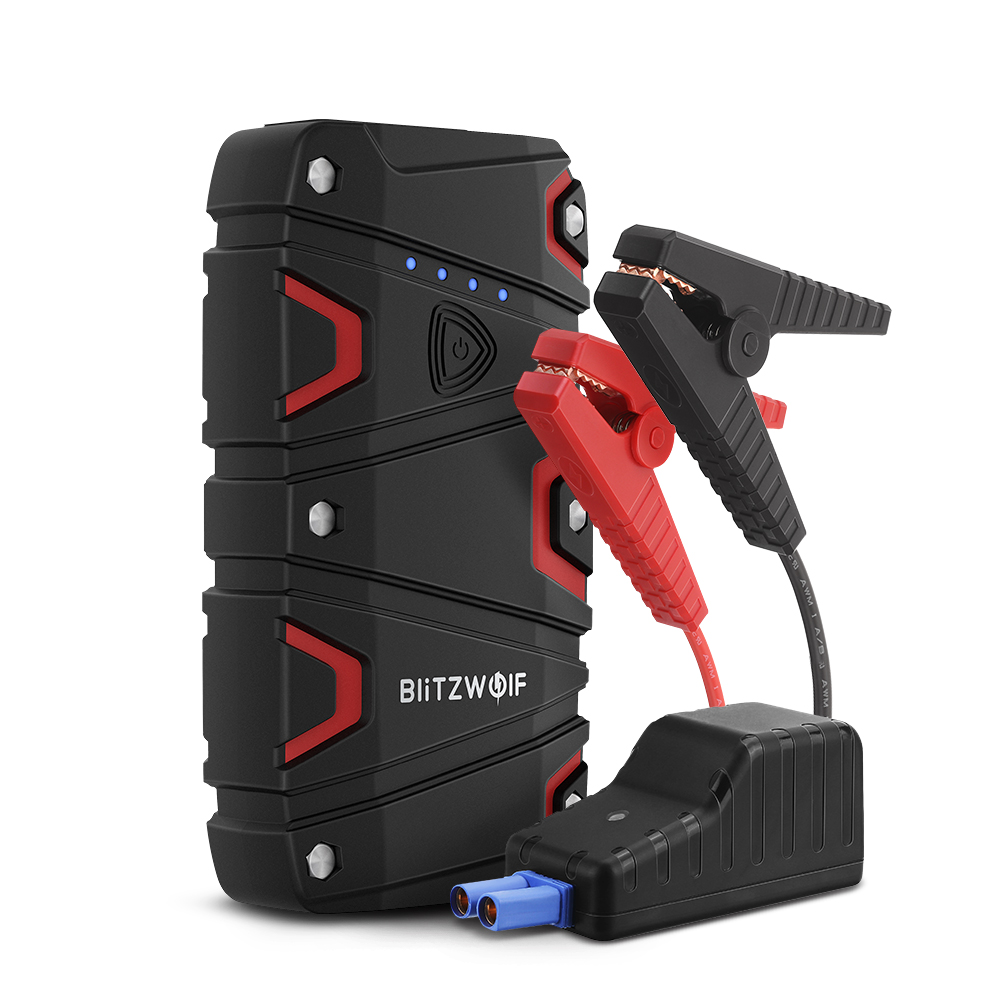Most likely everyone that considers him/herself as a DIY person, knows about silicone sealant. It has so many uses.
Never go on a boon-dock trip without it! There is a right way of applying it though. In this post, I will let the cat out the bag on how to apply silicone sealant so that it does not peel off, fall off or leave potential leaky spots during application – and for years to come…
The Silicone Sealant Conundrum
I recently had to seal the windshield rubber on my motorhome / RV since it is a 1993 model and the sun has taken its toll. The rubbers tend to shrink over time and as it tightens around the glass windshield, the corners open up. The water gets in, the rust begins and before you kow it, it has turned into a major conundrum.
Because I am aware of thesee issues and kept a close eye on it, I managed to save it early by just applying a layer of silicone sealant which should virtually stop any further deterioration of the rubber.
I have seen many silicone joints in my life and cannot think of one that was done correctly. That is why you find this happening:
![]()
Note the white silicone curling away from the glass in the left corner.
The Common Wrong Way
Most people I’ve seen using silicone sealant did it the way the adverts show. That is the quick and dirty way. Remember, in adverts, they want to sell, not teach. So it should look as easy and quick as possible. So they use the caulking gun and just squirt a smooth bead os silicone onto the surface. Mostly, that’s where it ends – and where your trouble starts. It will NOT last.
The Right Way
One thing we all know is that the surfaces to be sealed MUST BE CLEAN, especially from any dust and oiliness.
Silicone does not bond to oil and even though it bonds to dust, it does not penetrate the dust enough to also bond to the surface beneath the dust. Does that make sense?
Thoroughly cleaning the area is DIY 101. (I sometimes use brake cleaner, benzine or alcohol to clean the surfaces) If you use any of these, please take the necessary precautions and DON’T SMOKE while doing it. These substances are highly flammable and extra caution should be taken.
Once the cleaning process is done, you can mask the area with masking tape if need be. Now for the trick: Using your finger or applicator (you may like to put on gloves), smear a thin layer of silicone sealant onto the surfaces that needs to be sealed. Rub it in, up and down or back and forth, (whichever works best in your application) until it has a very good bond with the surfaces. Only now, apply a bead of silicone on top to fill the gap or thicken the silicone join.
This will make for a better grip to the surfaces. Using water on your fingertip, you can smooth over the silicone to make sure there are no gaps and the silicone bead is properly joined to the surface. Remove the masking tape as soon as you’re done while the silicone is still soft.
Which silicone works best?
You tend to find literally hundreds of different brands of sealant. Most are pretty good. Silicone is silicone. If you want a tougher silicone, go for marine grade, also called MS (marine silicone).
It usually costs more but I have noticed a considerable quality difference. It tends to be tougher and sticks better. It is harder to remove and gives a stronger bond.Content goes here.
Nowadays, you can also choose between quick set or normal or slow setting silicone. The quick setting silicone should be used with caution. It is mostly for small jobs or use in low temperatures. If you take longer to finish the job than the listed setting time, it can become a big mess.
It is very helpful in situations where you need it to cure before bad weather strikes or you need to finish a job in a hotel bathroom only minutes before the guests arrive. Other than those kind of situations, I recommend the standard setting which is usually forming a skin within an hour and complete setting in 24 to 48 hours.
There are new silicone sealants surfacing in hardware stores all the time. You get some that are “water friendly” and will bond and cure even on a wet surface.
you can also get High Heat Silicone for use on car engines and RV diesel heater exhausts etc.
Final Words
One will never get away from logic and common sense (which is not at all that common anymore). So, you will need to determine which will suit best for your specific application.
Kind request:
Dear friend, if you have found value in this post, please will you be so kind as to leave a comment? That means a lot to me for putting in the effort and time to keep this site going for your convenience.
Thanks so much.
Kind regards
Noah
 iMars Portable Car Jump Starter 1000A 13800mAh Powerbank Emergency Battery Booster Waterproof with LED Flashlight USB Port
iMars Portable Car Jump Starter 1000A 13800mAh Powerbank Emergency Battery Booster Waterproof with LED Flashlight USB Port
 BlitzWolf® BW-JS1 Portable Car Jump Starter 12000mAh 800A Emergency Battery Booster Power Bank Waterproof with LED Flashlight QC3.0 USB Charging Port
BlitzWolf® BW-JS1 Portable Car Jump Starter 12000mAh 800A Emergency Battery Booster Power Bank Waterproof with LED Flashlight QC3.0 USB Charging Port
 AUTOOL BT460 12V 24V Battery Meaurement Analyzer Heavy Duty Power Tester Car Diagnostic Scanner
AUTOOL BT460 12V 24V Battery Meaurement Analyzer Heavy Duty Power Tester Car Diagnostic Scanner

About a year ago I siliconed new bathroom and am already experiencing issues. I have been researching and I can now see I did some of the things I shouldn’t have done.
I’m going to redo and I’m glad I now have your guidance.
I was wondering if a sealant profiling tool would be helpful? I don’t want to buy unnecessary stuff but I’m also afraid of doing it wrong this second time. What are your thoughts about using a sealant profiling tool? Thanks in advance.
Hi Henry, sincere apologies for this late reply. A profiling tool can work great if you get the hang of it. A little practice and you can do a professional job. Thanks for your comment.
Great Article..!! Thanks for sharing such a great article. Sealants are a bit of a step up from screwdrivers, spanners, and hammers for the do-it-yourself crowd, but that doesn’t mean that you can’t find out more about them and learn how to use them with ease and confidence. This blog helps me how to use a silicone sealant.